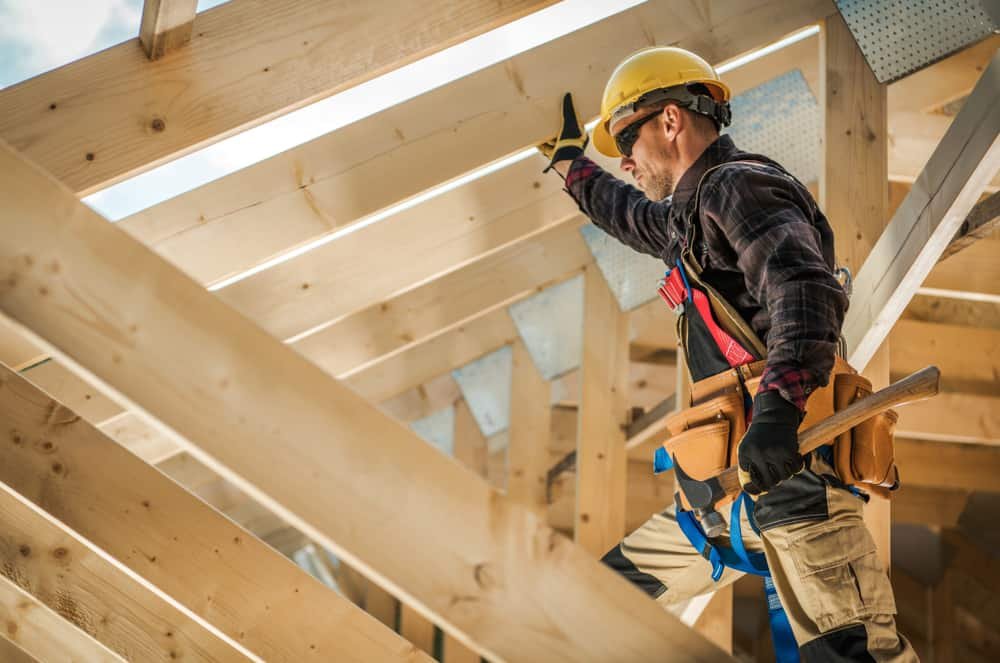Roofing Contractor in Siesta Key, FL
Hurricane-Proof Your Siesta Key Home
When the next storm hits, you need a roofing contractor who understands what Siesta Key properties face—and how to protect them.

Reviews
100% Customer Satisfaction

Siesta Key Roofing Specialist
Your roof is your home’s first line of defense against Florida’s unpredictable weather. With Hurricane Milton making landfall right here in Siesta Key in 2024, you’ve seen firsthand what 120 mph winds can do to unprepared homes.
A properly installed, hurricane-resistant roof doesn’t just protect your property—it protects your peace of mind. You’ll stop worrying about every weather alert and start enjoying the island lifestyle you moved here for.
When your neighbors are dealing with insurance claims and emergency repairs, you’ll be the one with a dry, secure home that actually increased in value.
Local Roofing Contractor
We’ve been protecting Sarasota and Lee County homes for over two decades. We’re not just another roofing company—we’re your neighbors who understand exactly what Siesta Key properties need to survive and thrive.
We’ve seen every type of storm damage this area can dish out. Hurricane Ian, Hurricane Milton, and countless smaller storms have taught us what works and what doesn’t when it comes to protecting your investment.
Our family-owned business has built its reputation on doing things right the first time, because we know you can’t afford to have your roof fail when you need it most.

Roof Repair Contractor Process
We start with a thorough inspection of your current roof, looking for vulnerabilities that could become problems during the next storm. No surprises, no hidden issues discovered halfway through the job.
Next, we walk you through your options based on your home’s specific needs and your budget. Whether you need hurricane clips, impact-resistant materials, or a complete replacement, we explain exactly what we’re doing and why.
Installation happens quickly and efficiently, with our experienced crew handling everything from permits to cleanup. We’re not done until your roof meets or exceeds current Florida building codes and you’re completely satisfied with the work.

Ready to get started?
Hurricane-Resistant Roofing Solutions
Living on a barrier island means your roof faces unique challenges. Salt air, extreme wind exposure, and the constant threat of severe weather require materials and installation techniques that go beyond standard roofing practices.
We specialize in metal roofing systems that can withstand winds exceeding 200 mph—the kind of protection that actually matters when you’re in the direct path of a major hurricane. Our installations include proper hurricane clips, impact-resistant materials, and secondary water barriers.
Every project includes documentation for insurance purposes, compliance with the latest Florida building codes, and materials that can actually lower your insurance premiums. Because in Siesta Key, your roof isn’t just about keeping the rain out—it’s about keeping your family safe and your investment protected.

